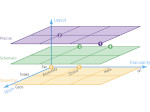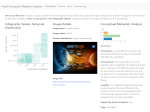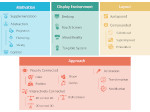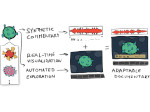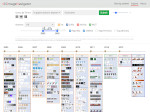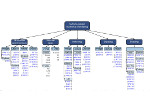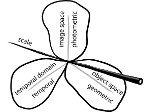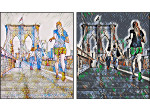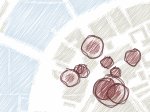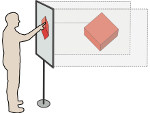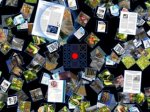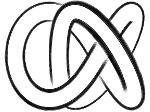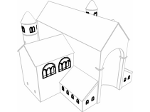V-Mail: 3D-Enabled Correspondence about Spatial Data on (Almost) All Your Devices
Description:
We present V-Mail, a framework of cross-platform applications, interactive techniques, and communication protocols for improved multi-person correspondence about spatial 3D datasets. Inspired by the daily use of e-mail, V-Mail seeks to enable a similar style of rapid, multi-person communication accessible on any device; however, it aims to do this in the new context of spatial 3D communication, where limited access to 3D graphics hardware typically prevents such communication. The approach integrates visual data storytelling with data exploration, spatial annotations, and animated transitions. V-Mail “data stories” are exported in a standard video file format to establish a common baseline level of access on (almost) any device. The V-Mail framework also includes a series of complementary client applications and plugins that enable different degrees of story co-authoring and data exploration, adjusted automatically to match the capabilities of various devices. A lightweight, phone-based V-Mail app makes it possible to annotate data by adding captions to the video. These spatial annotations are then immediately accessible to team members running high-end 3D graphics visualization systems that also include a V-Mail client, implemented as a plugin. Results and evaluation from applying V-Mail to assist communication within an interdisciplinary science team studying Antarctic ice sheets confirm the utility of the asynchronous, cross-platform collaborative framework while also highlighting some current limitations and opportunities for future work.
Paper download:  (7.4 MB)
(7.4 MB)
Additional data:
The V-Mail that was created as part of our validation and another example V-Mail can be found in the following OSF repository: osf.io/qehvs. All these files are are available under a  CC-BY 4.0 license
CC-BY 4.0 license
Software:
The code for the PC/Mac, Android V-Mail Clients, for the V-Mail server, and for the example integration into a data visualization application is available on GitHub.
Videos:
30s preview video at IEEE  :
:
presentation at IEEE  :
:
Get the videos:
- watch the paper video on YouTube.
- download the paper video and V-Mail examples from OSF
- watch the 30s preview video on YouTube
- watch the presentation video on YouTube
Pictures:
(these images as well as others in the paper are available under a  CC-BY 4.0 license, see the license statement at the end of the paper)
CC-BY 4.0 license, see the license statement at the end of the paper)
Main Reference:
Additional Reference:
This work was done at and in collaboration with the IV/LAB at the University of Minnesota, USA. Also see their webpage about the project.


